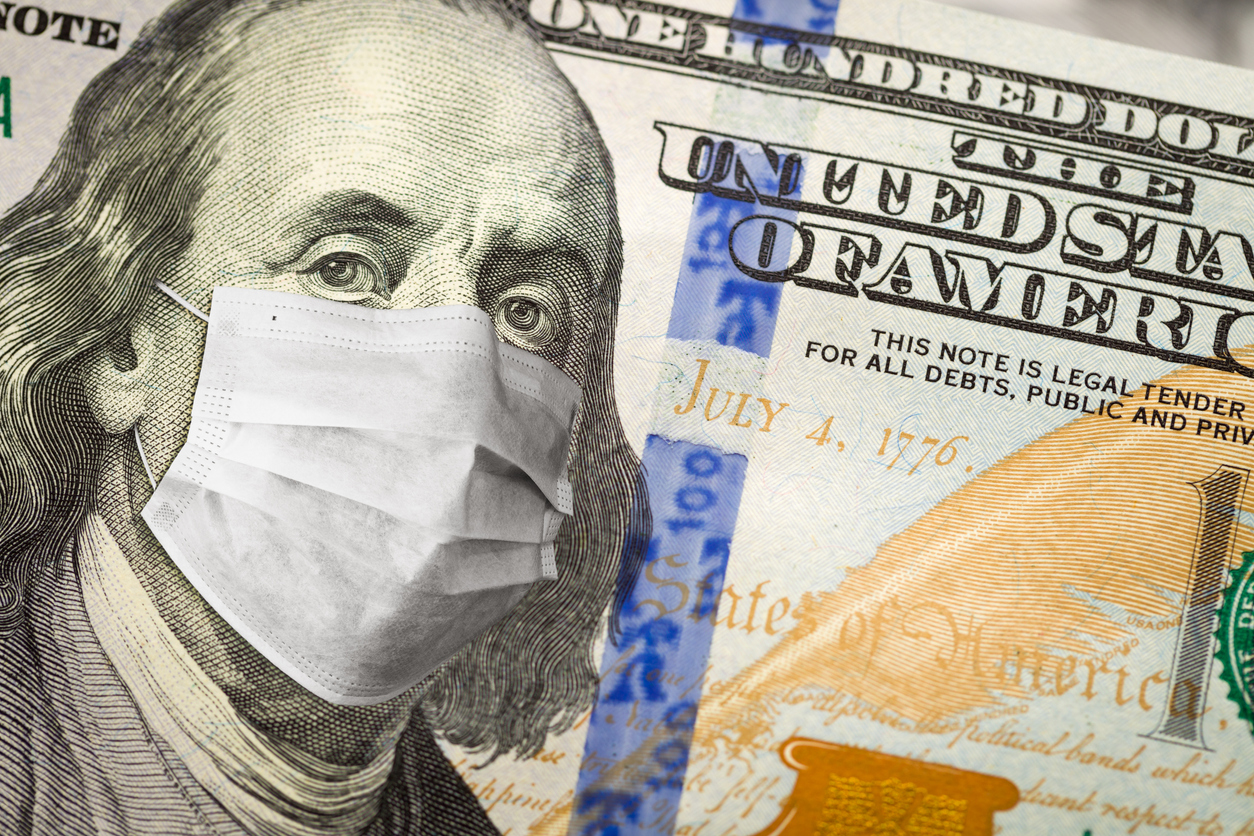Many believe the current rise in prices is the result of lavish CoVid-19 relief payments to consumers which totaled in the trillions.
The amount was unprecedented in the history of the United States when it comes to direct payments to American consumers.
Recall that during the 2008 real estate and banking crisis, consumers were given a mere $600 per eligible American. Fast forward to CoVid, and the money from the government dwarfed that many times over and then some.
The unemReaders of Money Matters will know I have said many times before in the last 2 years that the Federal Reserve won’t be able to get a handle on the severe inflation that is currently ransacking our pocketbooks. ployment bonus alone amounted to $2,400.00 PER MONTH, not including the various paycheck protection programs and reimbursements that flooded into the economy to consumers and businesses everywhere. Literally trillions were put directly into the hands of consumers as well as the banking and corporate sectors over a period of almost two years. Some programs are still ongoing today.
Couple that with pent up demand from being shut in and the worldwide supply lines entirely shut down during CoVid and the perfect economic storm came together to drive price increases to levels not seen in decades.
Behind the eight ball early on, the Federal Reserve (the Fed) thought increasing prices were “transitory” and initially failed to act, allowing inflation to get a firm grip on the goods and services sector of America and indeed, worldwide.
Historically, the Fed has addressed every economic calamity since the 80’S with massive money creation which they flooded into the banking system. Each time, the markets responded without notable inflation, likely causing the Fed to think they could print their way out of any economic setback without consequence.
What they may not have figured this time around was the sheer amount the government had in mind to cope with CoVid.
With previously unheard of amounts mailed out to households while consumers were shut in and had nowhere to spend it, saving rates skyrocketed. When the shutdowns lifted, overstuffed wallets combined with pent up demand which ran headlong into the limited supply of goods brought on by shuttered supply lines and a glut of unfilled job openings as consumers relied on their CoVid savings instead of setting the alarm clock.
Prices exploded as a result.
The Fed finally acted, some say much too late, and now the proverbial inflation genie is out of the bottle and no one seems to be able to put him back in.
The Feds job now is an ugly one. Crush the economy and the consumer that drives it to squelch demand which, according to the theory of supply and demand, will bring down prices. The problem is there is still a ton of money out there in the hands of consumers and supply lines are nowhere near back to pre-CoVid levels. Even with a series of historic interest rate increases which makes credit to buy things more costly, inflation stays stubbornly high.
Gas prices are again nearing the six dollar level in some urban areas, including this one, and oil is the most commonly used commodity to make all sorts of things that we use in our daily lives.
Where the price of oil goes, so goes the price of many of the things we buy.
There are also some contrary but worrisome signs which is causing this analyst to think more of something wicked this way comes which will just add to our problems.
Credit card delinquencies are at the highest level seen since the financial crisis of 2008. What disturbs me is even though consumers may be starting to suck wind, which is one of the desired goals of Fed policy to decrease demand, prices in many things continue to plow even higher. It’s akin to giving massive doses of antibiotics yet still the patient gets increasingly sicker.
The question becomes just how bad will the Fed have to hammer the consumer until prices begin to recede?
What is turning ugly, may have to get a hell of a lot uglier before inflation begins to back off. Just how ugly remains to be seen, but apparently, may be a lot uglier than it is now.
“Watching the markets so you don’t have to”
(As mentioned please use the below disclaimer exactly) THANKS (Regulations)
This article expresses the opinion of Marc Cuniberti and is not meant as investment advice, or a recommendation to buy or sell any securities, nor represents the opinion of any bank, investment firm or RIA, nor this media outlet, its staff, members or underwriters. Mr. Cuniberti holds a B.A. in Economics with honors, 1979, and California Insurance License #0L34249 His insurance agency is BAP INC. insurance services. Email: [email protected]


